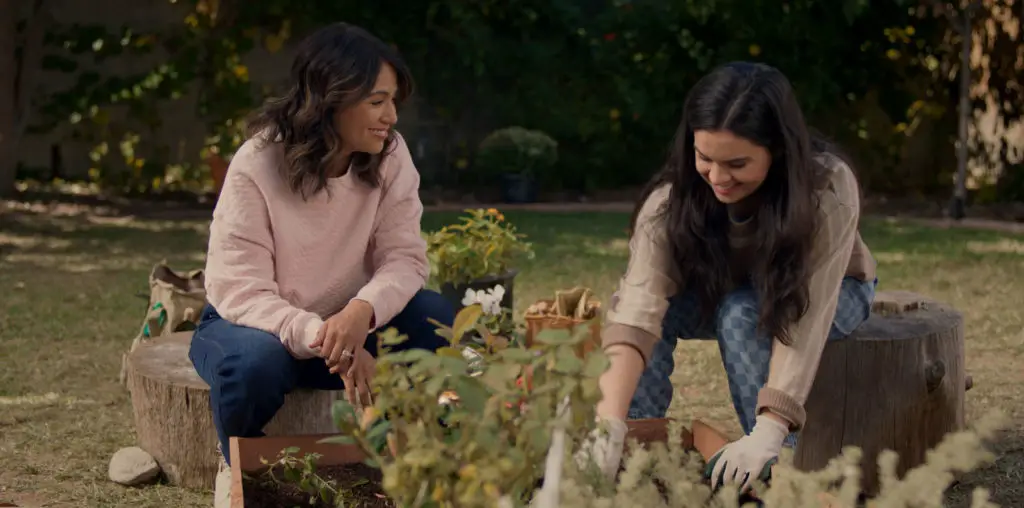
Why Bob Flanagan?
Bob was a perfect documentary subject – he was willing to let me film anything; he was an incredible performer with a sense of humor as sharp as Lenny Bruce, and had an understanding of masochism, illness, death that rivaled the philosophers. He was also a good friend of mine, and I had wanted for some time to make a very personal film, using a home video camera, about someone I knew very well.
Was Bob an easy subject to deal with?
Usually, but not always. One of the things that doesn’t come across in the film is that Bob, because he was in pain so much of the time, could be very nasty. He usually didn’t direct it at me, although when he did, I kind of enjoyed it (maybe I’m the masochist) because even when he was tearing you down he was very very funny.
Did Bob ever goad you into partaking in any of his kinky activities?
No. He’d let you know about anything that was happening, and invite you, but he was very laissez-faire. If you weren’t into it – he was fine. Sheree, on the other hand, was always trying to encourage people to get involved – it was part of her charm.
Were there any major problems in getting Sick made?
Money. It was actually shot for less than $30,000. Then edited for another $50,000 or so. I remember when I began working with Dody Dorn, the editor, and she asked me how I was going to fund the finishing of the film. I pulled out my wallet and laid five credit cards onto the table. That’s pretty much how I made the whole film. But other than money, and Bob’s dying, the film was such a pleasure to make.
Were there any problems in getting the film seen?
Before “Sick” premiered at the Sundance Film Festival, I imagined that the first screening might cause a riot. It didn’t, at least among the audience. The jurors were so split over the film – some thinking it pornography and others wanting to give it the grand prize. The jurors got so worked up that they continued to publish threatening letters to each other in the NY press for weeks after. In October of 1997, it was scheduled to screen two nights at the Hirschhorn museum on the mall in Washington DC. I presented the film the first night, but learned at the end of the screening that the next night’s show was cancelled. I’m sure some right wing moralist apparatchik had a hand in it. And in Australia, the Minister of Culture of Western Australia banned the film. This caused such an incredible uproar, because that decision had to be made by another board, that the film became a cause celebre, and immediately was picked up for distribution. I never thanked her for that.
Was there anything you had to cut from the film in order to get it into theaters?
Actually, no. In the United Kingdom, however, Channel Four agreed to show the film. But there are laws against presentation of SM and self-mutilation, so I had to remove the penis nailing, some of the autopsy scene, and other photos and performances – about 12 minutes in all. But I have to thank Channel Four – they are the only television network in the world that had the balls to show it.
Are you happy with the exposure that Sick received upon its initial release?
I was dumbfounded. I never expected the film to get into Sundance, never expected it to get an award, never expected it to get a theatrical release (Lion’s Gate, by the way, really stood behind it). It really is a statement about the impact that Bob’s life and art had on people. I first saw it after his performances, when people would come up to him so moved and overwhelmed – as if his sharing of his own experiences with pain had given them a new way to deal with their suffering (he had a bit of Jesus in him – he always claimed that Jesus was the original, or most celebrated, masochist).
What can we expect for this DVD edition?
Because Bob was so incredible, there were dozens of scenes that I couldn’t include in Sick that I would have included in any other film I have made. We picked ten of the best of those. We also sent a camera to Sarah Doucette, the Make-A-Wish girl in the film who visited Bob in the film. She shot some very intense footage about her illness, her new husband, what her family thought about Bob, the film and her SM practices. We call it “Sick Too,” and she comes across like a young Bob – dying, but living till the end with a beautiful grace and wisdom.
Any upcoming projects?
My next film, called “The End,” actually revisits some of the themes of Sick. I approached people shortly after they were diagnosed with a terminal illness, gave them video cameras, and asked them and their families to film the last weeks and months of their lives. The film shows all the jagged edges of dying – panic, humor, regret, anger, and reconciliation – from their own point of view. But it is surprisingly lively, because when you see the world from someone else’s POV, it becomes mesmerizing, even (especially) when they are dying.
